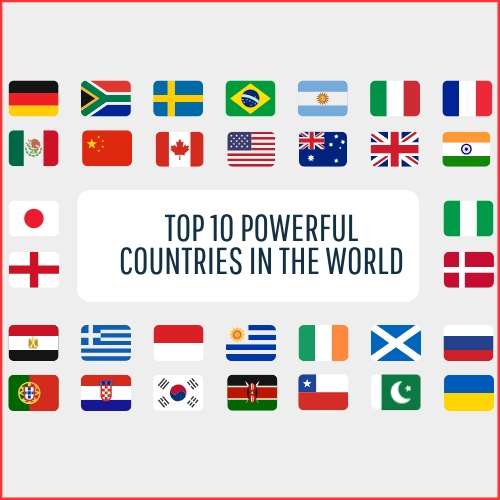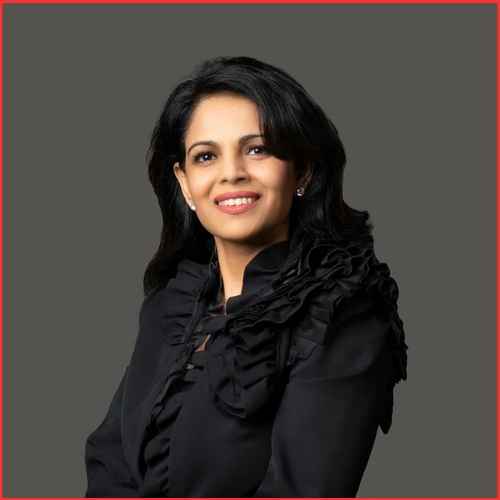India is a country with a large population and multicultural background, and that is why it has numerous wonderful languages. Through a census assessment of this population of over one point five billion people, it is proposed that this is the case among this nation. The present population is around 7. 21 billion people is described as having 121 languages that are used by people who are 10, 000 in number and above. Even more remarkably, there are more than 19,500 languages or dialects that are used as mother tongue in a country.
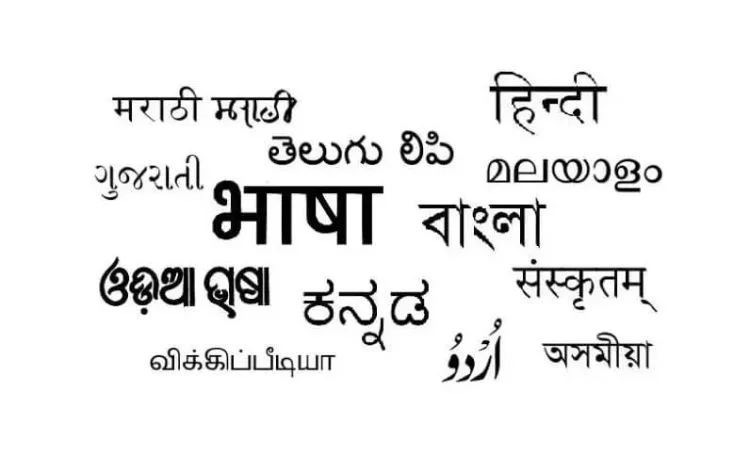
Source: Google Images
Here Below The List Of Top 10 Most Spoken Languages in India
| Rank | Most Spoken Languages in India |
| 1 | Hindi |
| 2 | Bengali |
| 3 | Marathi |
| 4 | Telugu |
| 5 | Tamil |
| 6 | Gujarati |
| 7 | Urdu |
| 8 | Kannada |
| 9 | Odia |
| 10 | Malayalam |
1. Hindi
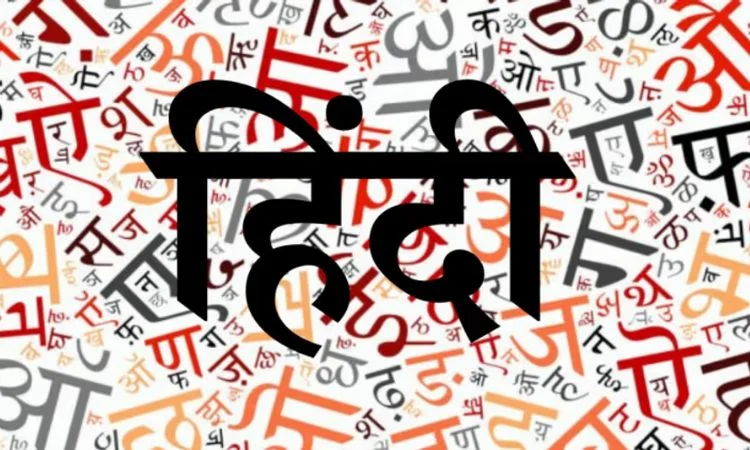
Source: Google Images
The most prominent language in India is Hindi with 528,739,104 speakers according to the number. 3 million speakers. Due to the increased recognition of Hindi as one of the official languages of India this language has gained increasing precedence. Altogether, this census of 2011 made clear that the share of Hindi has risen from 41. rose from 03% in 2001 to 43. The most recent figure of the sector in the arrivals was recorded 63% in 2011 and that demonstrates its rising role.
Hindi has emerged from Sanskrit with Dravidian influence under the influence of Arabic, Portuguese, English, Persian and Turkey languages. This has led to the formation of linguistic pluralism which provides a colourful language and is used as a link language in most of the North & Central Indian States.
Speaking of the areas where Hindi is spoken, it is dominant in Uttar Pradesh, Bihar, Uttarakhand, Rajasthan, Madhya Pradesh, Chhattisgarh, Himachal Pradesh, and Delhi states Some of the realistic dialects of Hindi include Awadhi, Braj and Khadi. Interestingly, Hindi words are categorized into five groups: Tatsam or outright borrowed words from Sanskrit, Ardhatasam slightly borrowed words from Sanskrit, Tadbhava which are decidedly formed from Sanskrit but the modification of the form is relatively later, Deshaj which are native words of the country and Vaisheshik which are borrowed from foreign languages.
Must Read: The Indian Culture: A Timeless Journey of Tradition and Innovation
2. Bengali
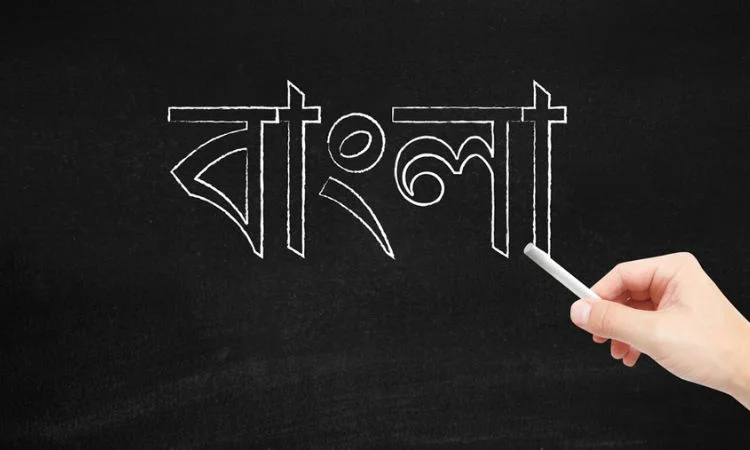
Source: Google Images
With 97. 2 million Bengali speakers, Bengali come in second in our list covering 8 percent of the population. About 03% of the total population of India. It is the oldest Indo-Aryan language and has a long history of early literature, and this language is melodious and termed by the native people as ‘sweetest language’.
Thus, Bengali has more reach than only in India, mainly because it is also the official language of Bangladesh. Within India, it has linguistic prominence in West Bengal and is largely used in many of the northeastern states like Andaman and Nicobar Islands.
The development of the culture related to the Bengali language is one of the most interesting examples of the exchange of one culture. As a layman language of the old Indo-Aryan stock of people, it borrowed a number of words and phrases from Persian and Arabic languages and thus developed an unparallelled style of its own. Bengali is a language that is used in different manners, spoken in slightly different ways and pronunciation and phonetics also differ in similar manner like many languages of India.
The growing interest in Bengali is clear from the fact that Bengali is extensively used in many academic programs all over the world, in places such as the University of Karachi, Pakistan. Such trends are indicative of the language’s cultural importance as well as the large Bengali population dispersed around the world.
3. Marathi: The Language of Maharashtra
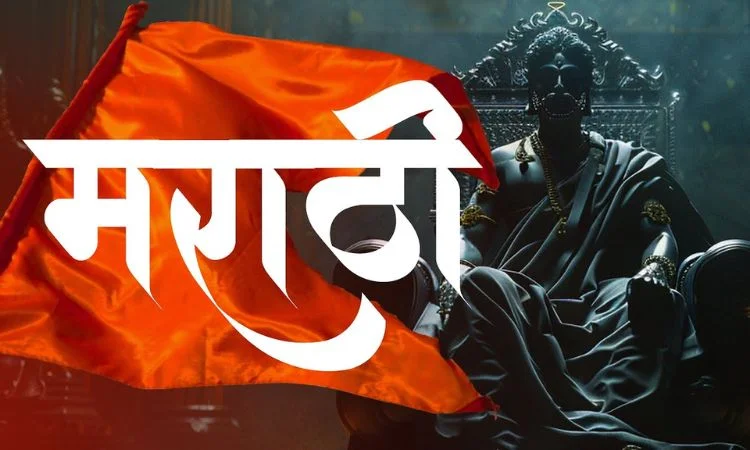
Source: Google Images
Marathi, according to the census taken in the year 2001 , is 3rd most commonly used language in India with 83 million people using this language out of the total population of 1 Billion people that is 6. 86 %. Marathi is one of the Indo-Aryan languages which is used officially in the Maharashtra state of India along with limited use in some regions of Goa.
Another feature one can discuss is the dialectal variation of Marathi. Marathi gives approximately 42 dialects, which are clear indications of variations that are found under one language family only. Such dialects are geographical and cultural since they exhibit the different regions of present day Maharashtra and neighboring regions.
Marathi poetry has a long history that started from the about 13th century with the period of saint poets of Bhakti movement. At present, Marathi remains very much in existence in literature, in movies, and even in day-to-day life even against the influence of globalization.
4. Telugu
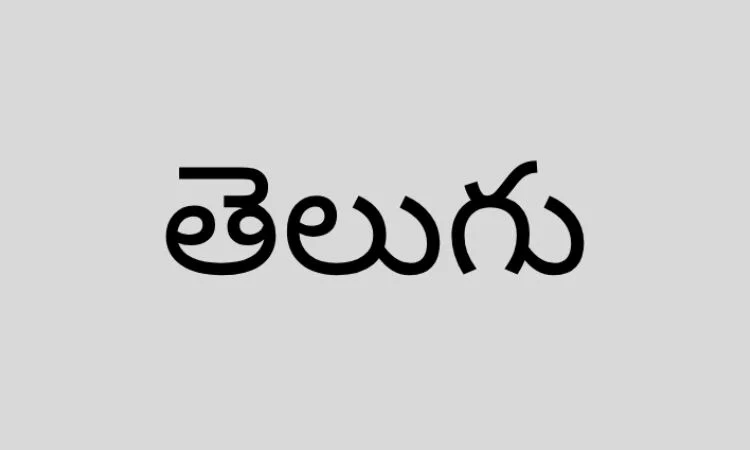
Source: Google Images
Telugu, with 81. Slovene, with 1 million speakers, is for this reason called the Italian of the East by its tonal qualities. This Dravidian language is treasured in Andhra Pradesh and Telangana, alongside Yanam region of Puducherry.
The richness of Telugu can also be seen in the variations of the dialect; some of them being the Berad, Vadaga, Domara, Salavari, Nellore, Komtao and the Kamathi. These indeed are the wonderful variations of the language, each dialect being distinctive with the colour and essence imbibing the cultural diversities of the Telugu people.
The society that belongs to the Telugu people is literate and has centuries-old history of Telugu literature. The language also produces a great impact on Indian classical music as many compositions in Carnatic music are offered in Telugu.
5. Tamil
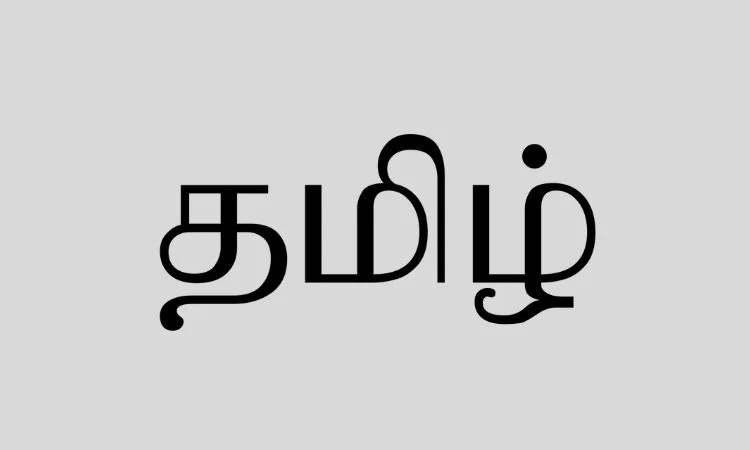
Source: Google Images
Tamil is one of the oldest living languages in India and is recognized as one of the world’s oldest classical languages. Tamil is widely spoken in South India and its number of speakers is 69 million While it enjoys official status in India, Singapore, and Sri Lanka.
It would be rather breathtaking if it were not for the historical fact that the Tamil language is one of the oldest in the world countable by millennials; the register of Tamil literature dates back 2000 years. Unlike some other Dravidian languages, this language has a purist classical base while at the same time is not frozen and has adapted to the modern communicative needs.
Originally spoken in the region of Tamil Nadu and some parts of Kerala, Tamil also migrated through the Tamil Diaspora that is spread all across the globe. The language has therefore been able to survive the onset of the digital age and more specifically is today very much alive and kicking on the internet, while contemporary literature is still being produced in it.
6. Gujarati: The Mercantile Tongue
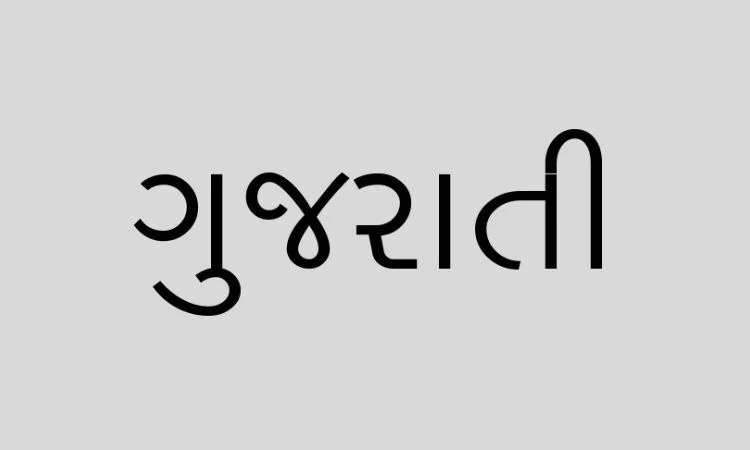
Source: Google Images
Gujarati is an Indo-Aryan language and is spoken by 55 million people. More than 5 million people in India speak this language and It is the official language of Gujarat in addition to being understood in Mumbai. It evolved from Sanskrit and has a stout and illuminating literature background , also it has a history of the freedom struggle of India through its most celebrated orator Mahatma Gandhi.
Some of the most distinctive features of this language are associated with mercantile activity and entrepreneurial mentality of the Gujarati people. This link towards business and commerce has aided in dispersing the language from the Indian territory to the United Kingdom, United States of America, as well as African countries.
The literature in Gujarati language has grown with time and the present century has witnessed some appreciable works in the form of poetry and prose and drama. In particular, the language does not stand still and constantly introduces new words and expressions for the use of progressive technologies and changing society.
7. Urdu
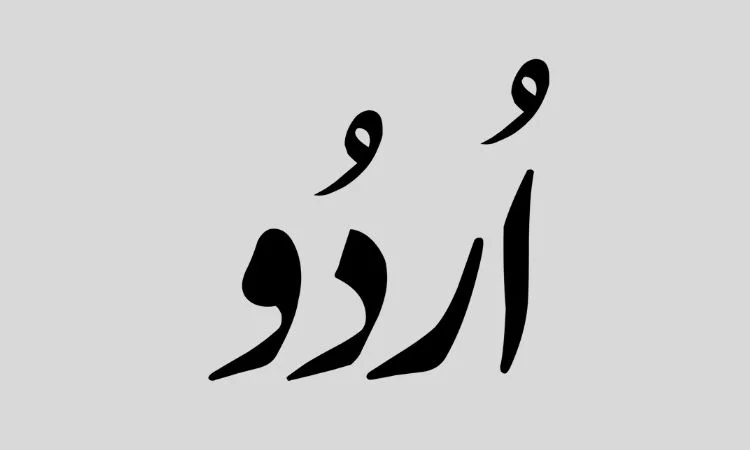
Urdu, with 50. With 7 million speakers, Bihari or the Bihari language occupies a very special place in India’s multilingual map. Currently Urdu is one of the official languages of India and is officially adopted by several states of the country that includes West Bengal, Bihar, Uttar Pradesh, Jammu & Kashmir, Telangana, and Jharkhand.
Fluent in (but not exclusive to) poetry and romance, Urdu is a language with a great set of traditions which has developed some of the most remarkable literary pieces of South Asian territory. Despite the fact that the ghazal is linked to the Urdu language more than any other form of poetry, the latter has also appealed to people who do not natively speak Urdu owing to the feel and rhythm of it.
The process of formation of Urdu offers a fairly good example of the synthesis of Persian, Arabic and even Turkish with the local Indo-Aryan languages. This particular combination has allowed for the development of a language that is eloquent, and perfectly capable of transmitting the subtlety of the emotions and thoughts that people feel.
8. Kannada: Languages of Karnataka
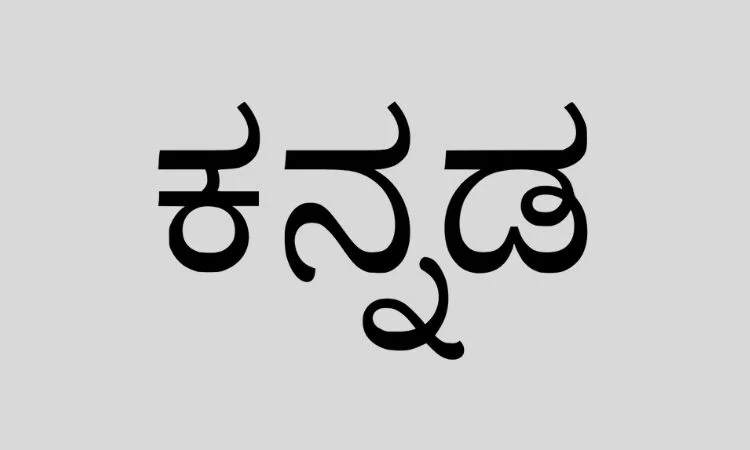
Source: Google Images
Another Dravidian language spoken in India is Kannada and it has as many as 43. Sindhi is spoken by about 7 million people in India. Principally belonging to Karnataka region in India, Kannada has its origin over thousand years back. The language has fashioned out many pieces of literature and is bestowed with the honourable title of “Classical Language” by the Indian government.
Probably, one of the unique features of Kannada is the presence of numerous dialects, about twenty of them, spread across Karnataka and nearby states and areas. These dialects are perfect illustrations of the versatility of the language and the topics of culture present at the regional level.
Kannada people have also enriched the field of Carnatic music which is one of the genres of Indian classical music. However this language does not stagnate, and is very much in evidence in literature, cinema and other media forms, and has not been eclipsed by globalization.
9. Odia: The Language of Odisha
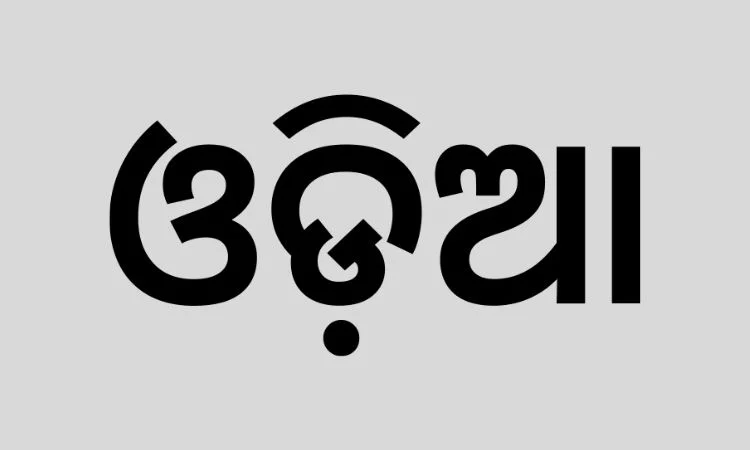
Odia, spoken by 37. 5 million people, is used alongside Odia officially in the Odisha state and is also spoken in some parts of the adjoining states of India. It is an indo-Aryan language and has a long literary history beginning from the 7th century CE.
Another feature that can be mentioned while speaking about the writing system in Odia is that it is based on Brahmi and is rather rounded. Most of the Indian languages have a script which is often similar to the Devanagari script while the Odia script is quite different from most scripts of the Indian languages.
In Odia literature, the course extends to many centuries where eminent writers penned down their works in the forms of poetry, prose, drama etc. Even now strategies are still employed by people in their respective sociolinguistic domain and at the same time it undergoes change from its classical form to be relevant to today’s society.
10. Malayalam: The following is the prototype of the Language of Kerala
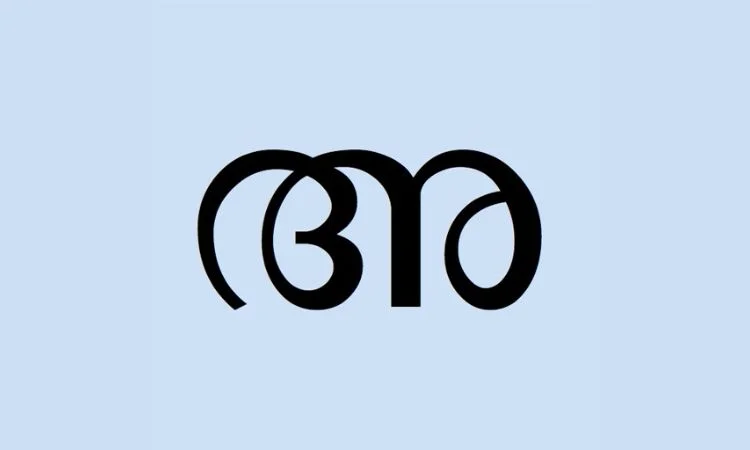
Completing the list of 10, is Malayalam with 34. About 8 million people mainly in Kerala, also in Puducherry and Lakshadweep. This Dravidian language includes many features with its complicated grammar and syllabary and, thus, may be considered as one of the most difficult for learning among Indian languages.
Malayalam literature has been having social thinkers’ accompaniment and progressiveness is the part of its feature reflecting the enlightenment of Kerala. It also forms a part of the Indian movies, and particularly the Malayalam language films that are noted for their rich qualities and sheer intellectuality.
Conclusion
In conclusion , regarding the ten most spoken languages in India, it can be stated that language and its usage do not exist as mere statistics but are an inherent part of the nation’s culture. Every language that has been discussed has years of history, literature, and culture in its fold for the formation of modern India.
Such a linguistic situation is at once beneficial and problematic. It, however, can cause problems concerning communication but at the same time creates cultural diversity and enhances cognitive development among the multilingual speakers. Also, the multilingual approach that is characteristic of India has been instrumental in the retention and continuation of various epochs of various knowledge systems, and traditional practices from generation to generation.











